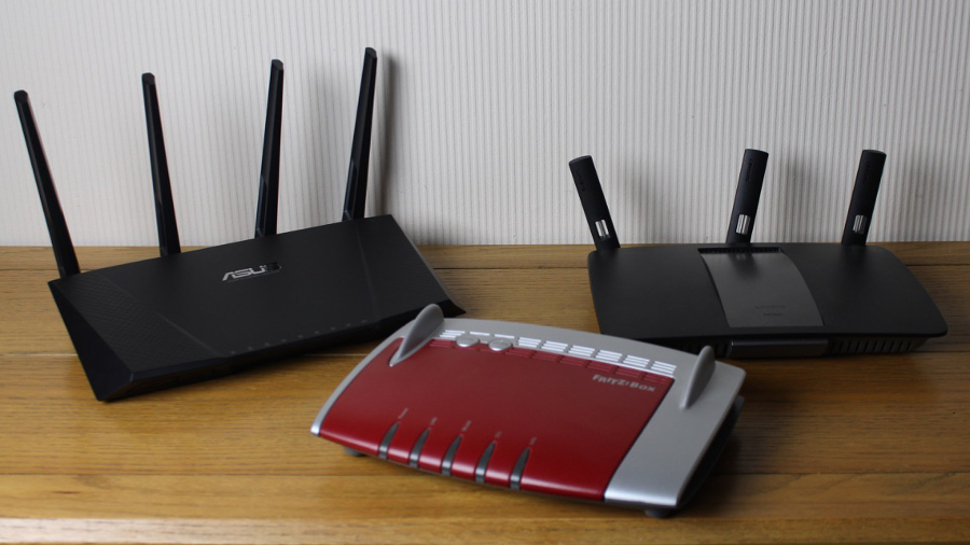Revealed: aluminum foil can actually help to fix Wi-Fi weak spots
In combination with a 3D printer

It sounds like something dreamed up by the tinfoil-hat-wearing-brigade, but new research has proved that a simple 3D printed (specially shaped) piece of plastic covered with aluminum foil can work as an effective Wi-Fi signal booster (or rather, signal director).
As you’re probably aware, most Wi-Fi routers emit a wireless signal in all directions with (more or less) equal strength, and the basic idea is to use a simple shaped reflector to better redirect the signal.
This has multiple benefits. Not only can you strengthen the signal in certain areas by redirecting it towards Wi-Fi weak spots around your home, but you can block and deaden the signal in other specified areas.
The latter could be useful for preventing your wireless signal leaking out of your home (perhaps via a window) and being latched onto by a hacker, and in general terms, it can help prevent signal leakage and Wi-Fi interference (a common problem in apartment blocks, for example, where loads of people have loads of wireless routers packed into a small space).
Can it work?
Researchers from Dartmouth College began by simply playing around with aluminum drink cans cut open in a semicircular shape, using this as a crude reflector, with some success.
They then built a more sophisticated system that uses an app called WiPrint to design a plastic reflector which meets the requirements of any particular environment, i.e. blocking off certain areas or rooms, strengthening the signal in other specified areas.
This crafted plastic reflector can then be made using a 3D printer, and then wrapped up in aluminum foil to make it, er, reflect, obviously enough.
Get daily insight, inspiration and deals in your inbox
Sign up for breaking news, reviews, opinion, top tech deals, and more.
The results are impressive indeed, as the test in the above video shows, and this solution will only cost you around $35 (about £27, AU$45) – compared to a fully-fledged directional antenna which would be incredibly costly, not to mention impractical.
It’s clever stuff indeed, and the researchers are currently looking at ways to use different materials (other than plastic) to refine the WiPrint system further.
If you don’t have access to a 3D printer, theoretically you could make a cruder version using cardboard and foil, although it wouldn’t be nearly as effective (and the cardboard could easily deform). But still, it’d be better than nothing. Alternatively, in this article we discuss ways you can ensure that you get super-fast Wi-Fi in every room.
Via: Engadget
- We’ve picked out the best wireless routers of 2017
Darren is a freelancer writing news and features for TechRadar (and occasionally T3) across a broad range of computing topics including CPUs, GPUs, various other hardware, VPNs, antivirus and more. He has written about tech for the best part of three decades, and writes books in his spare time (his debut novel - 'I Know What You Did Last Supper' - was published by Hachette UK in 2013).